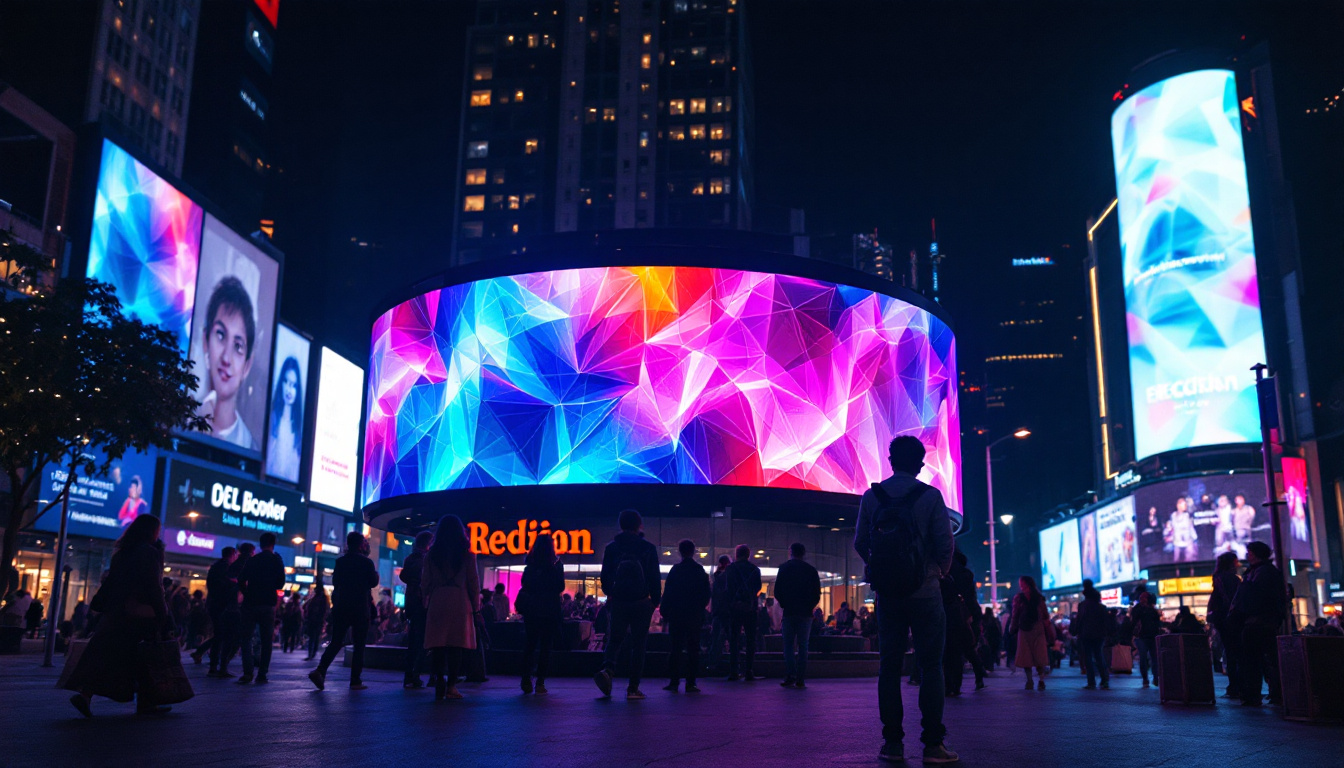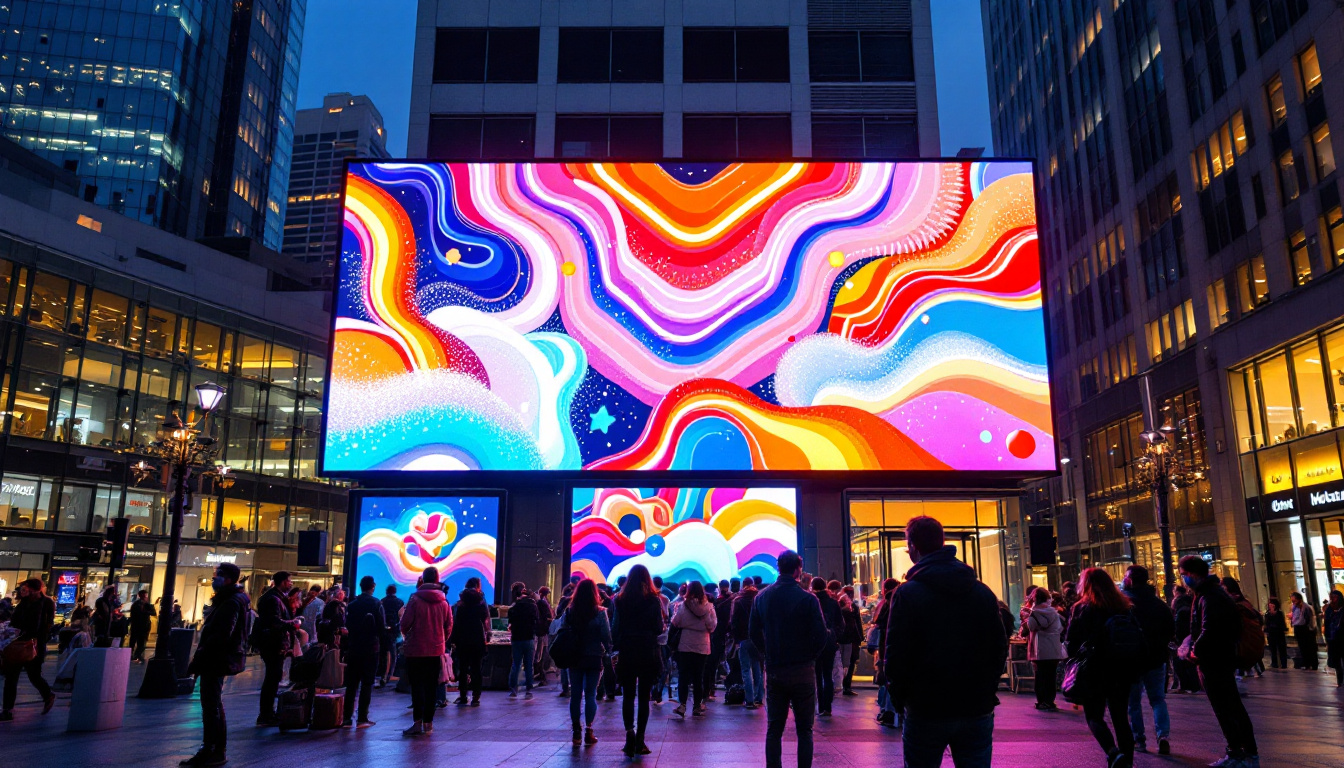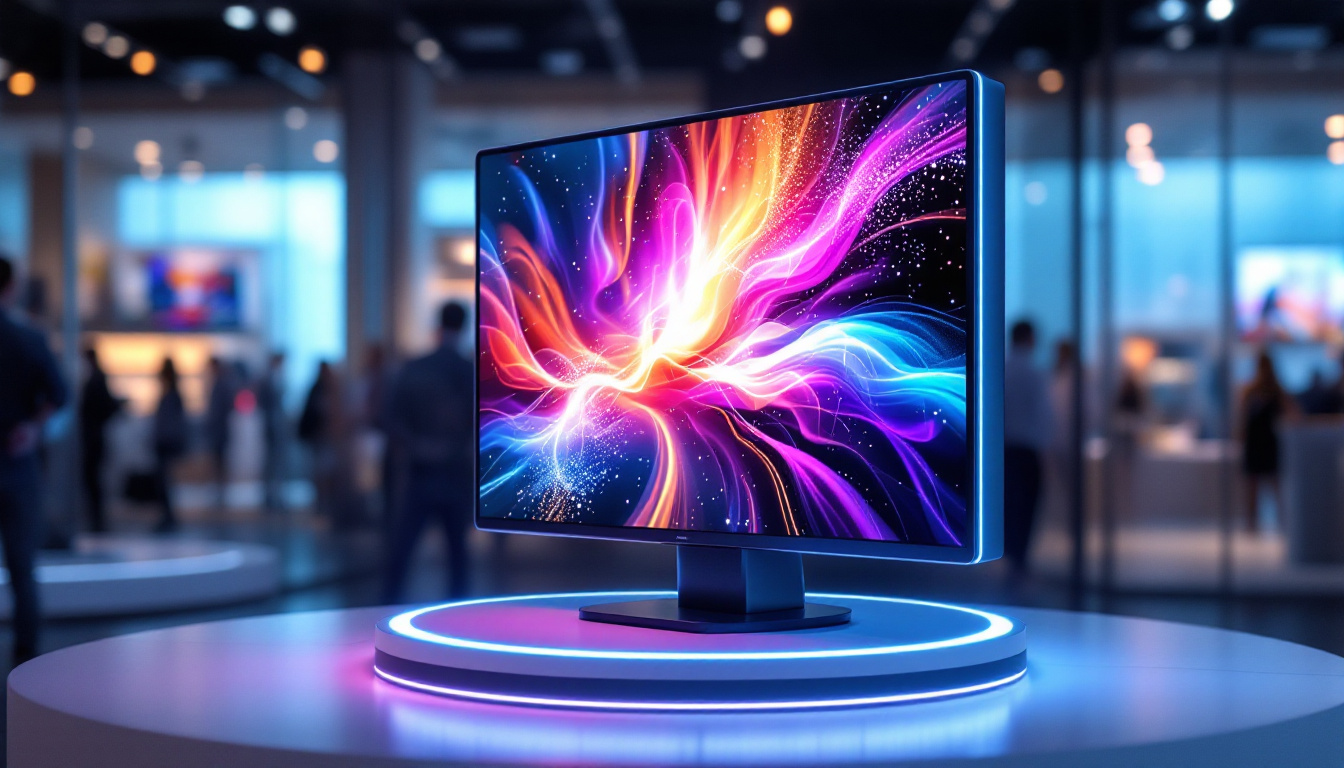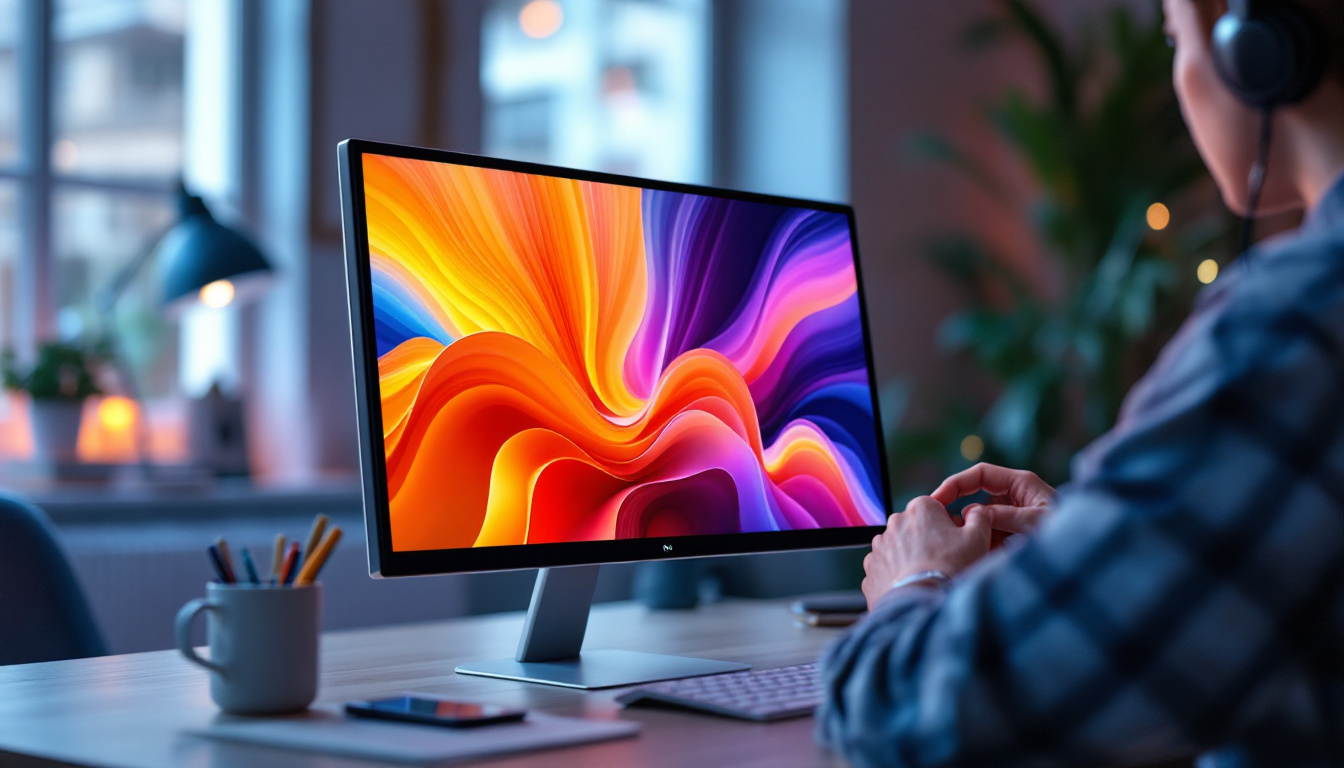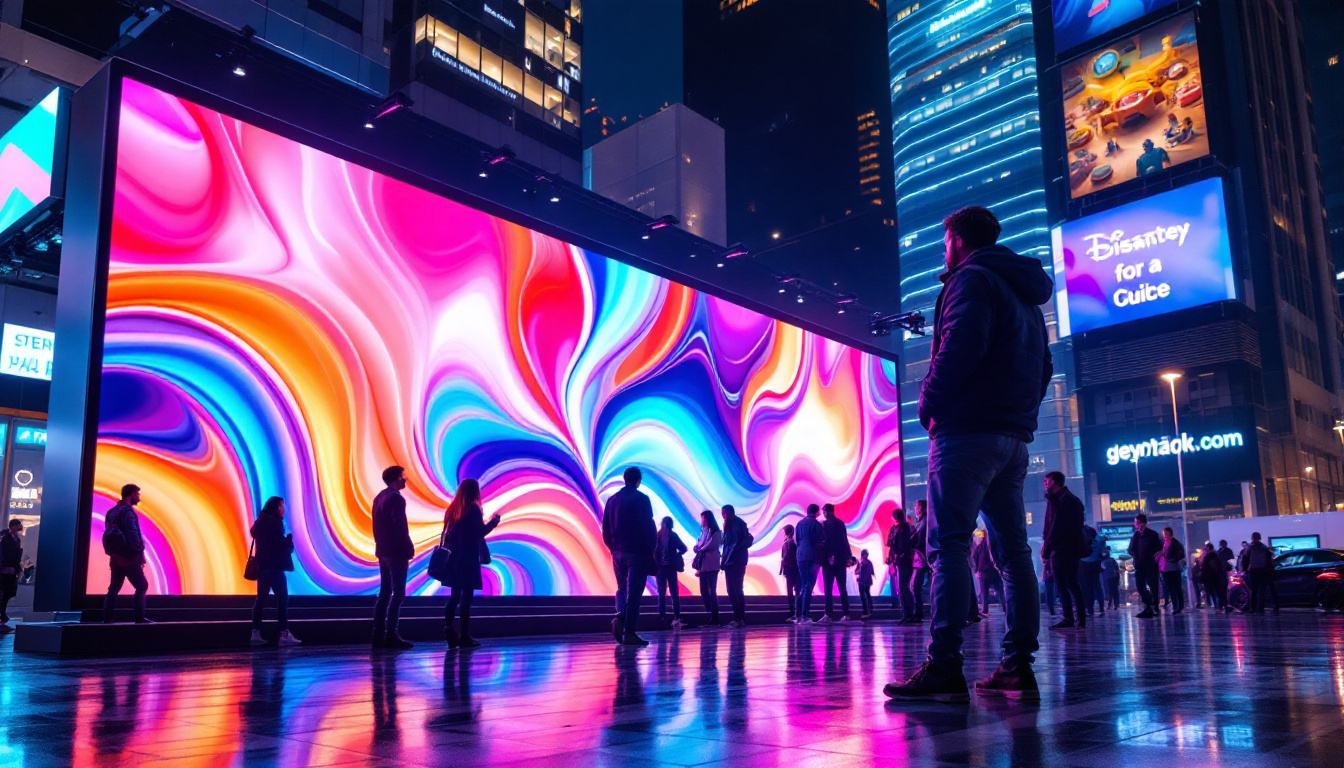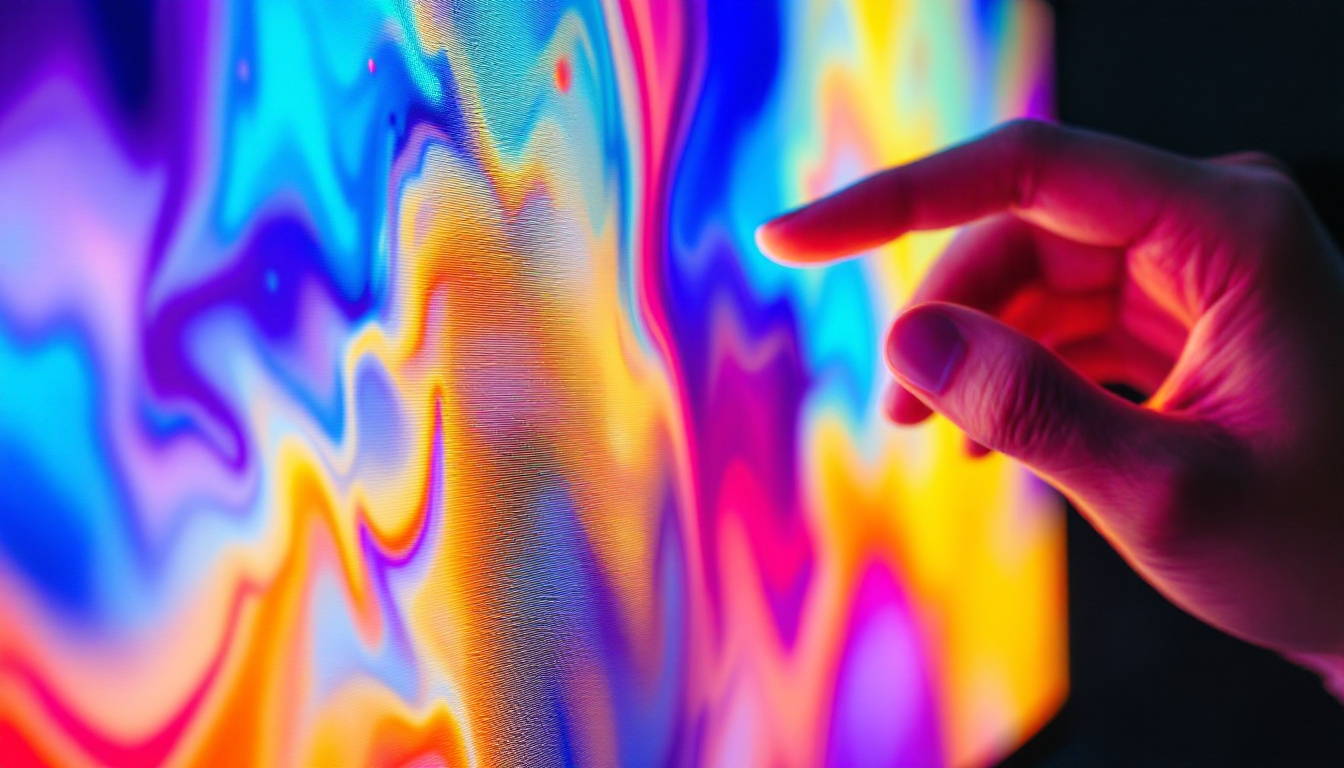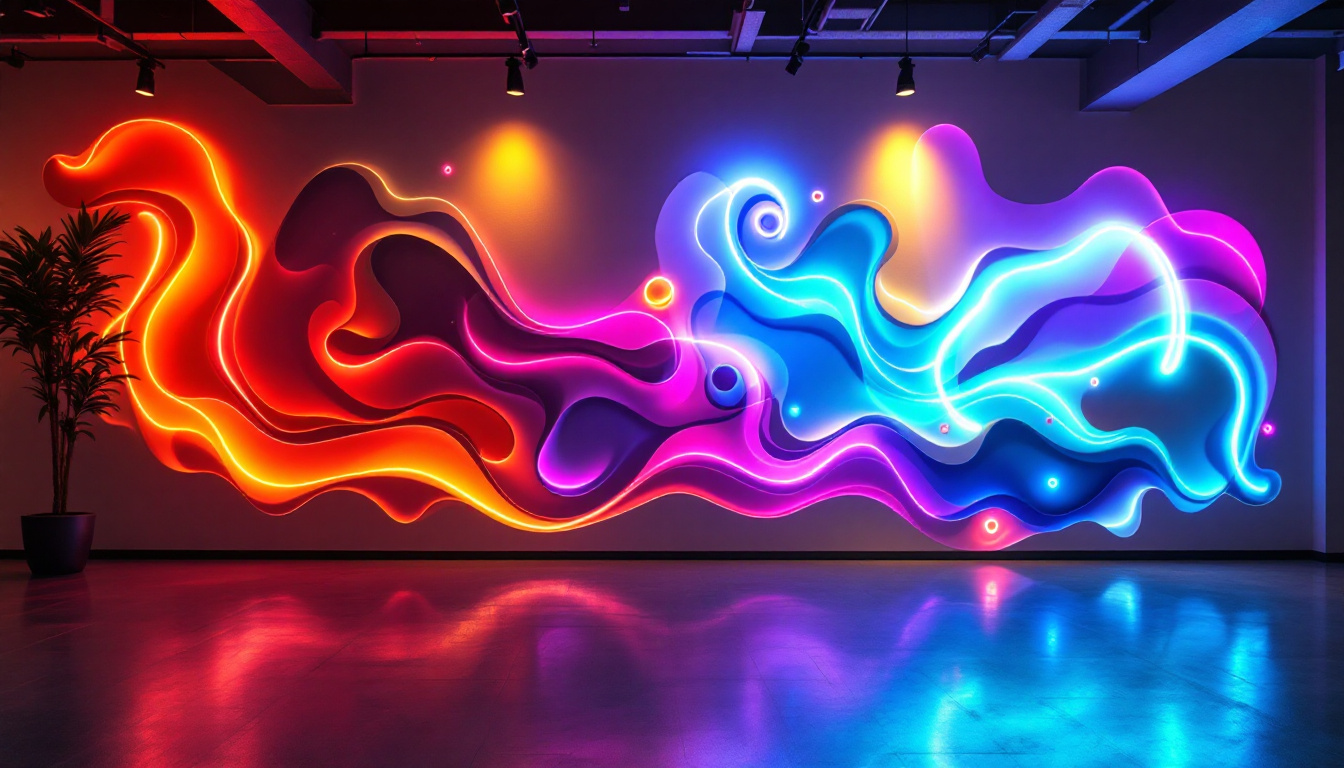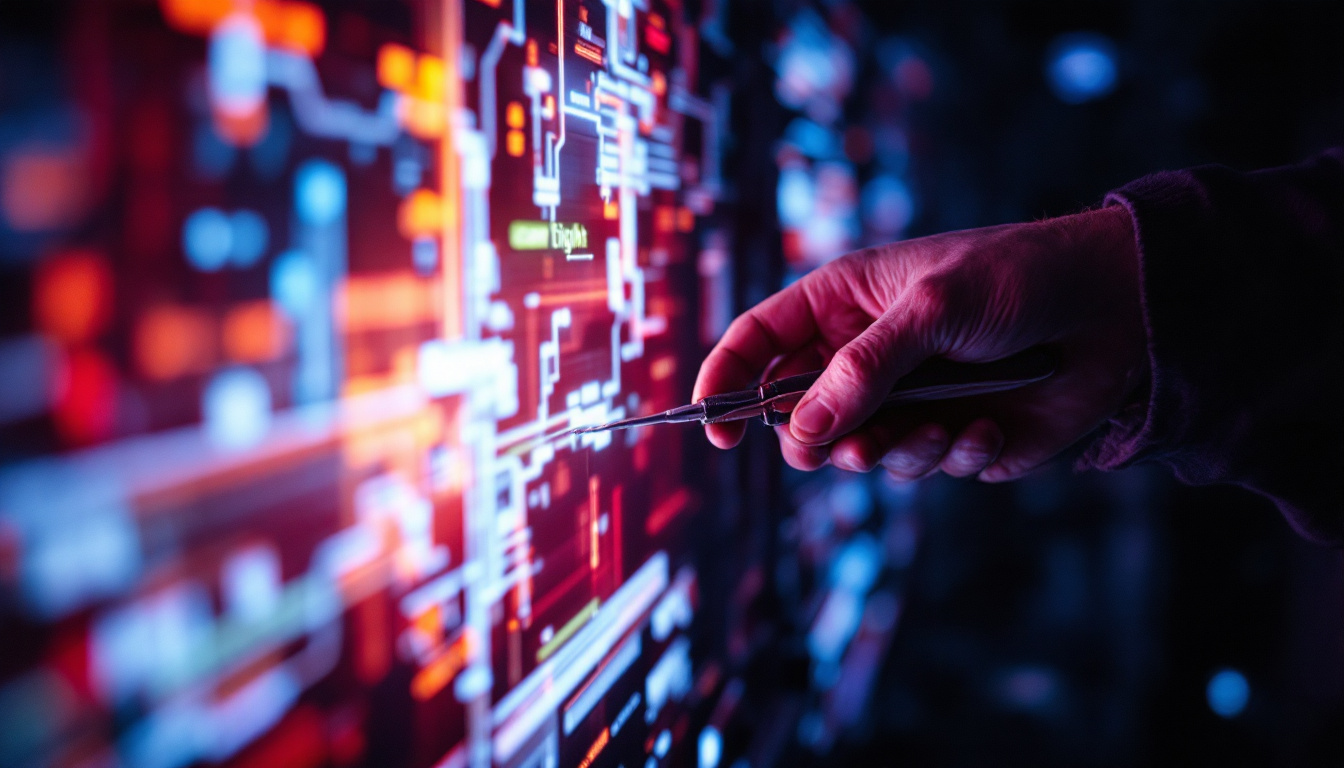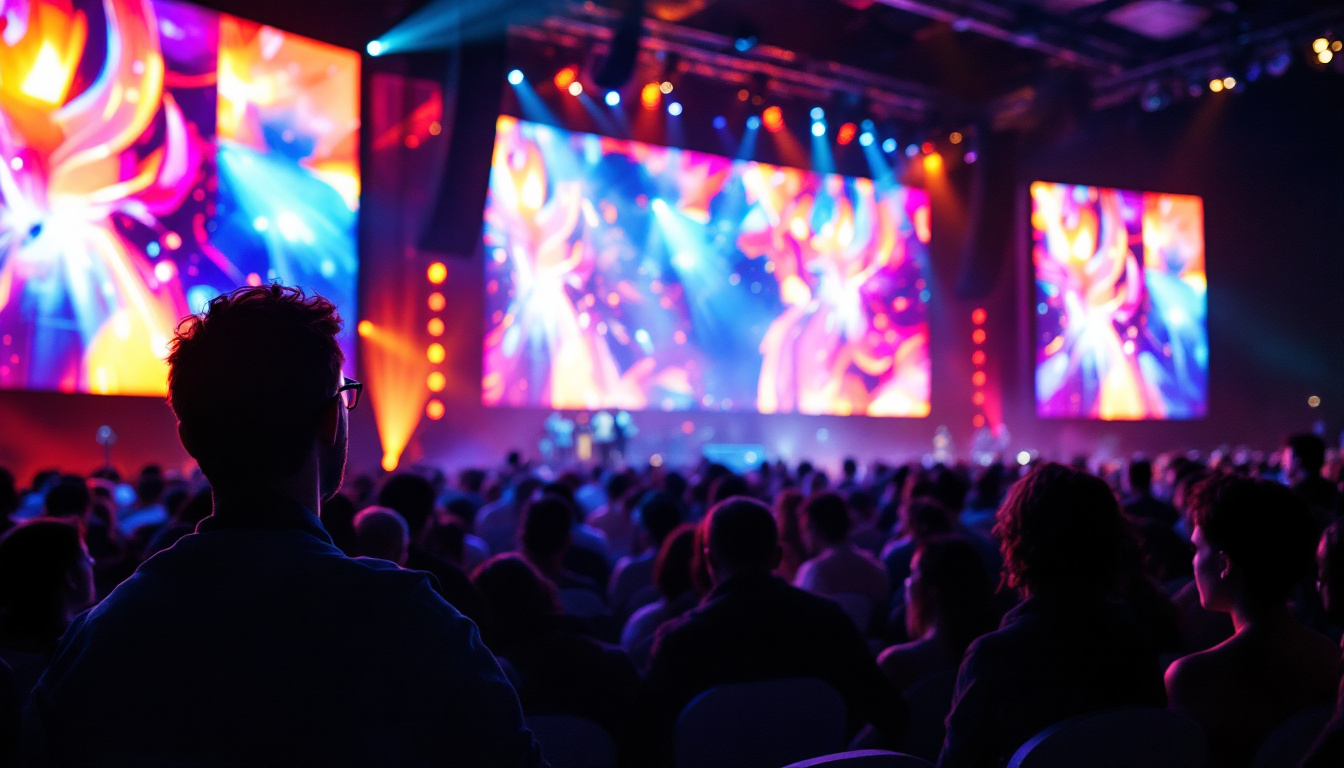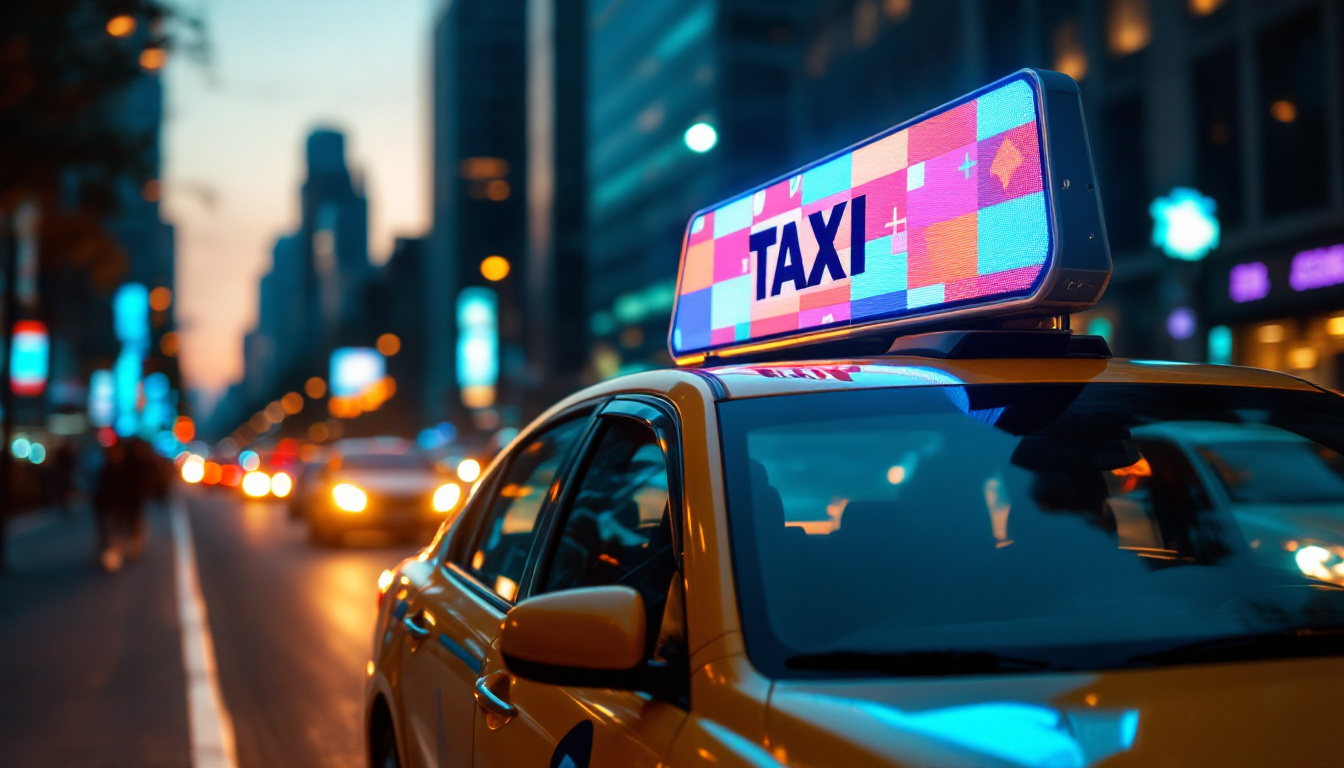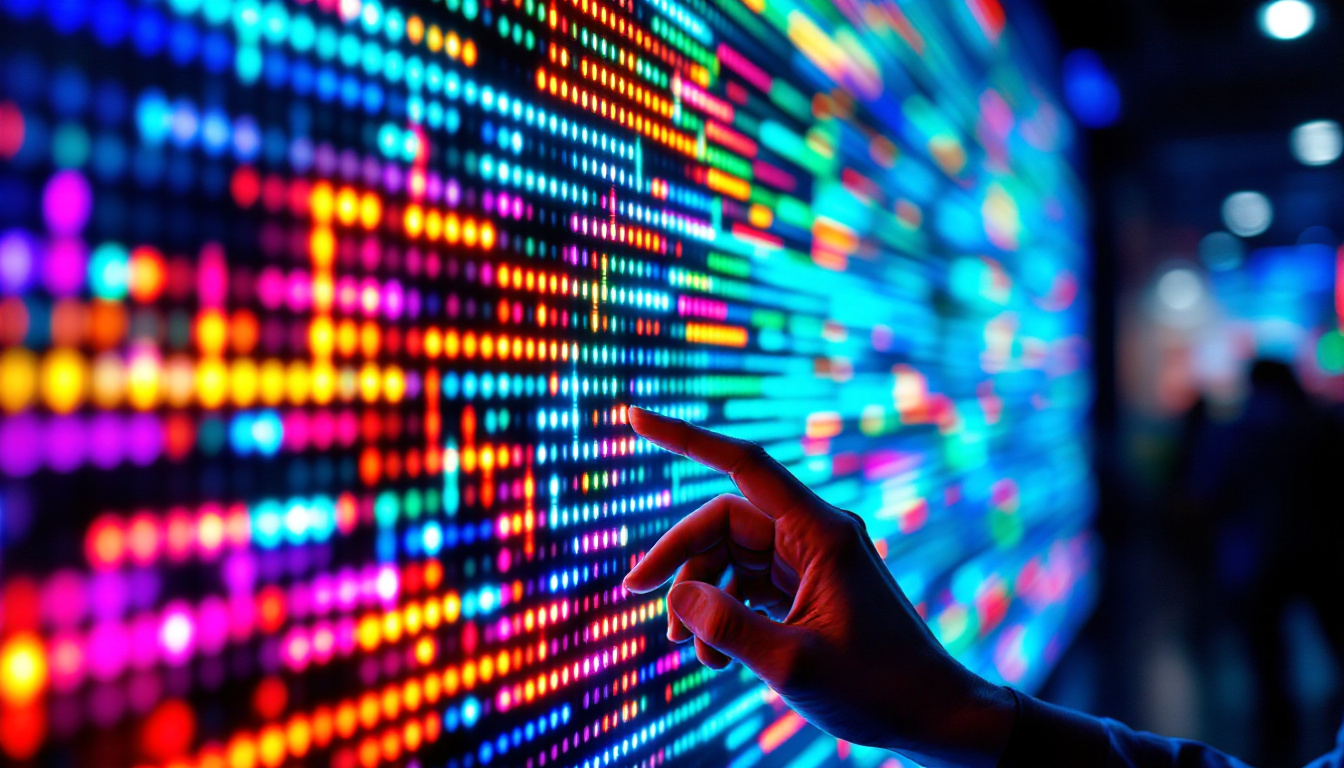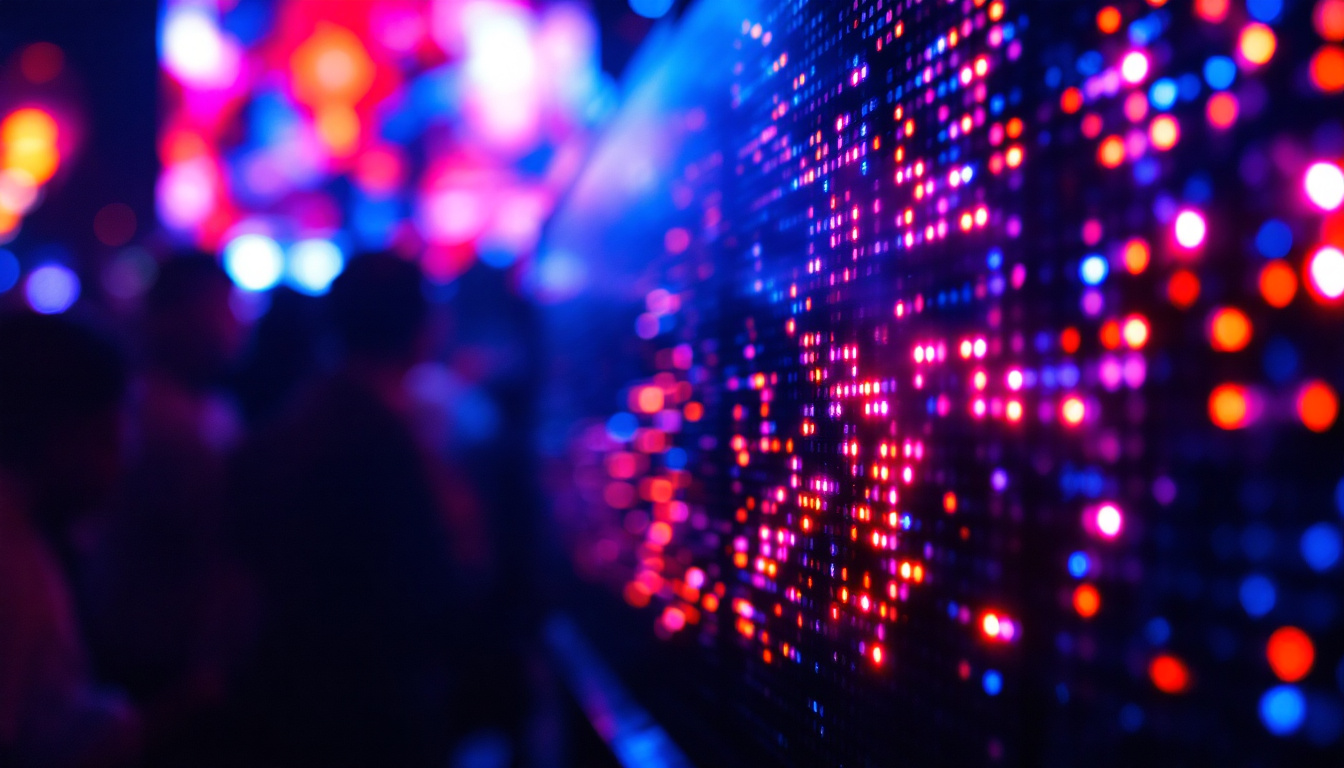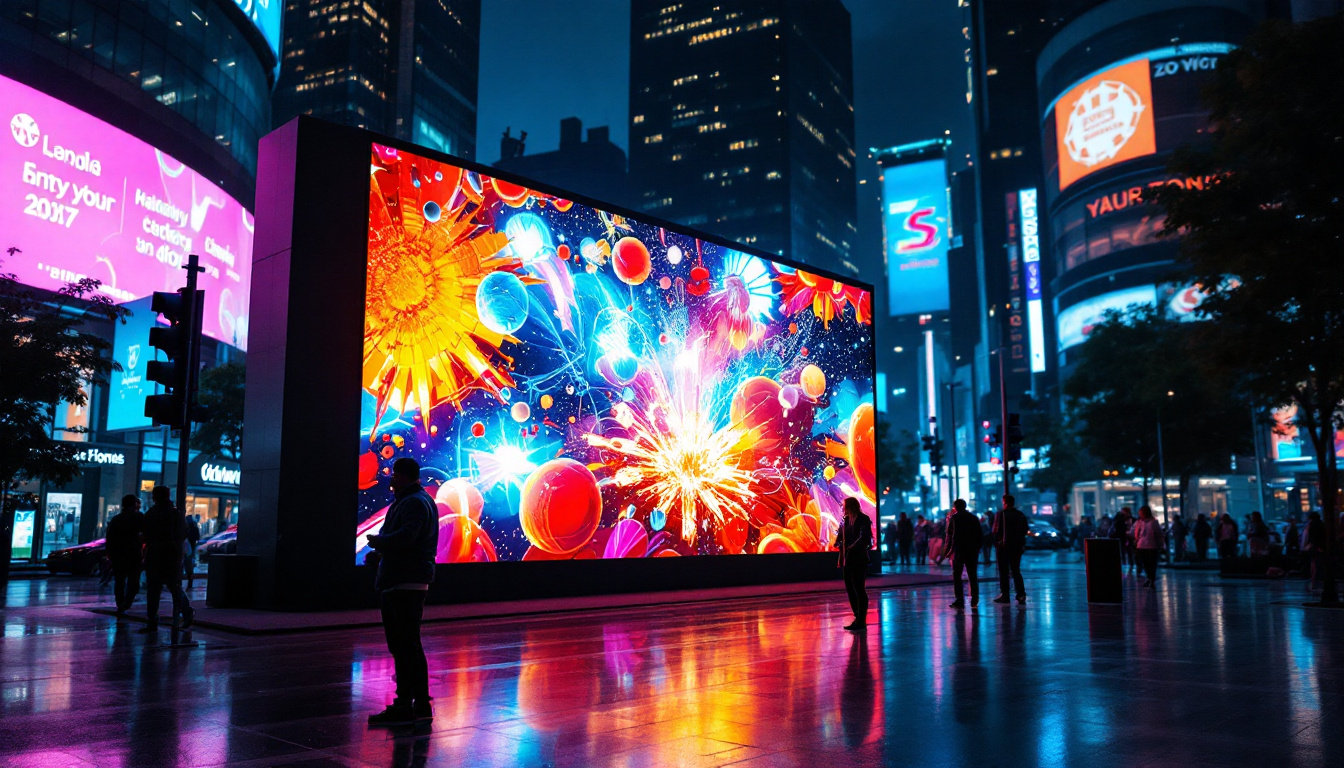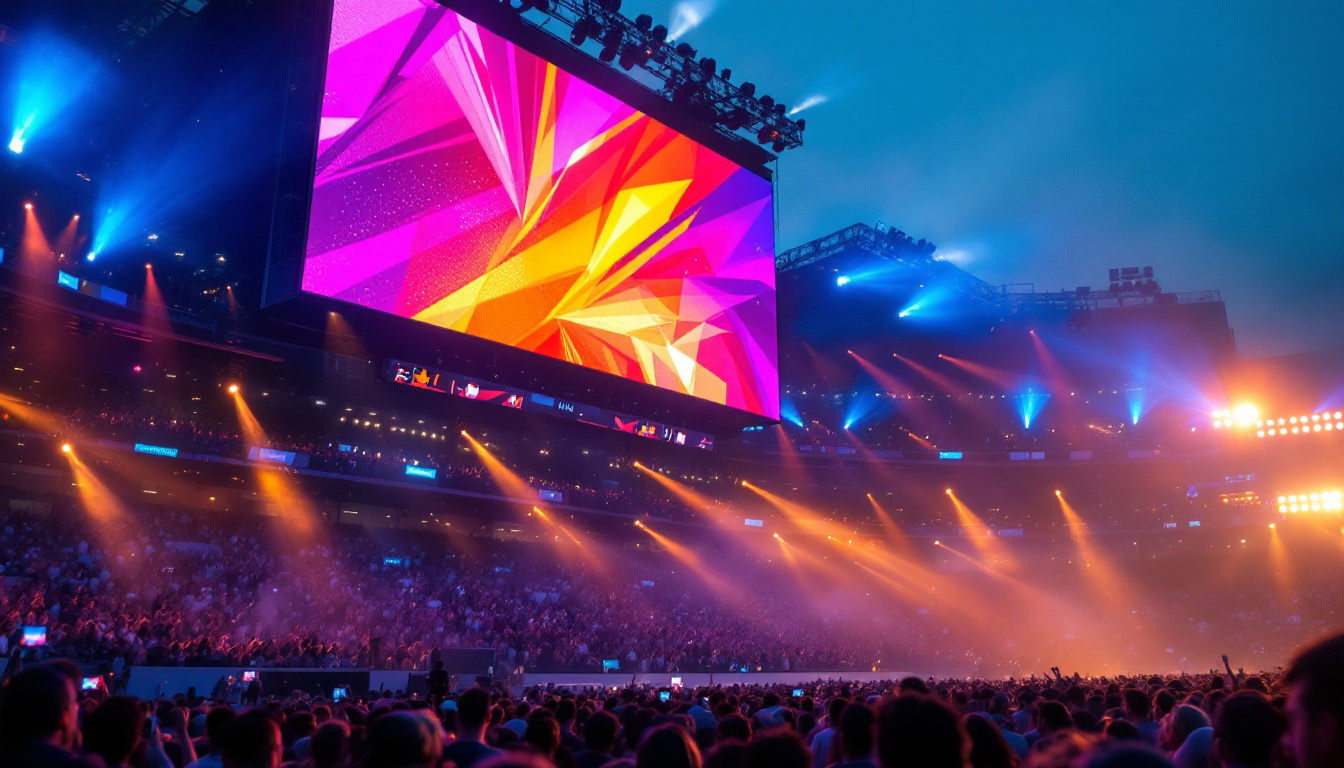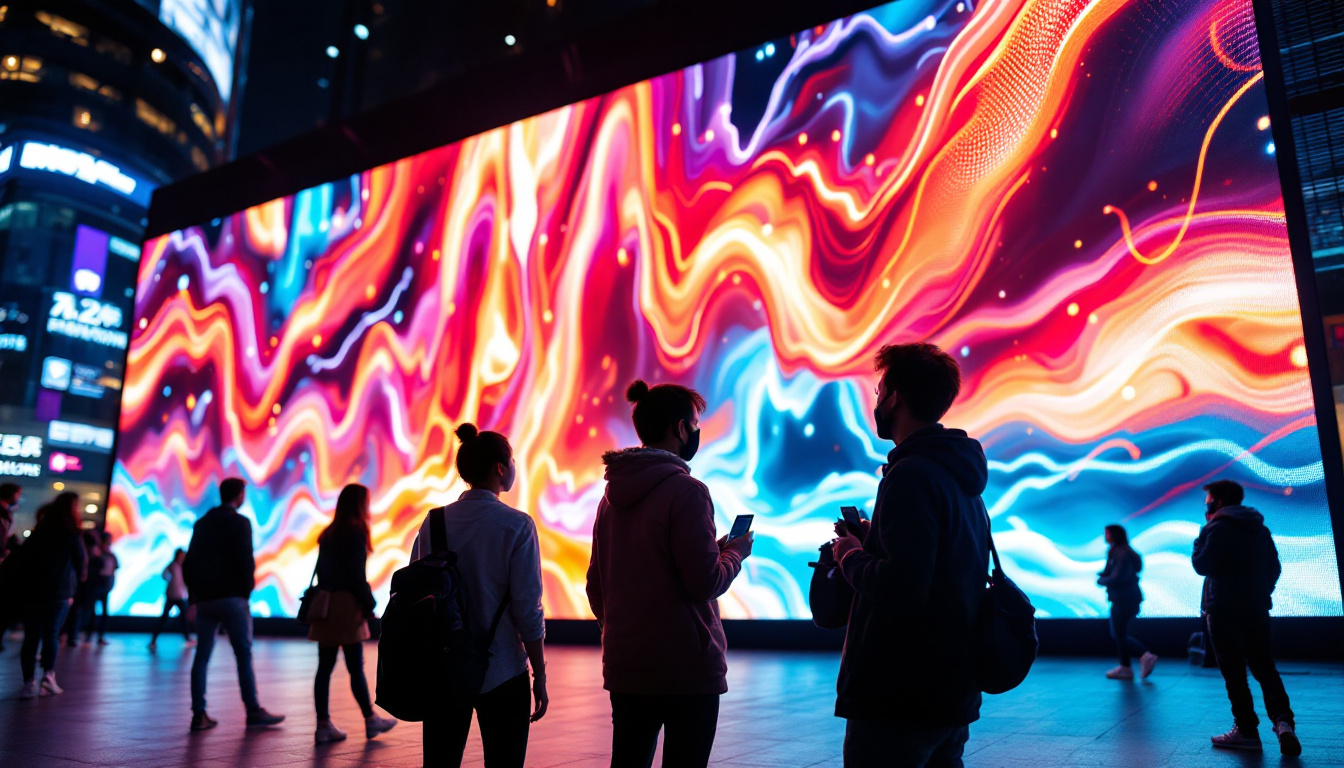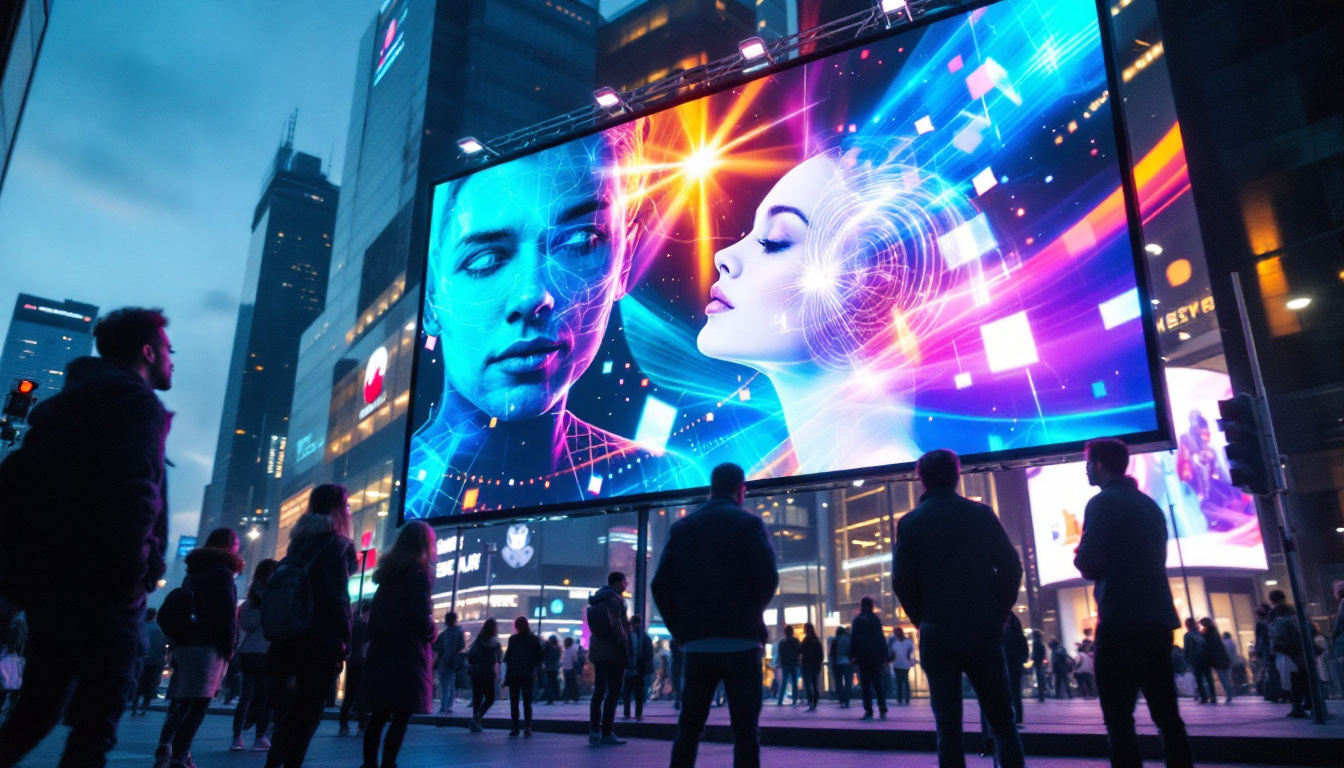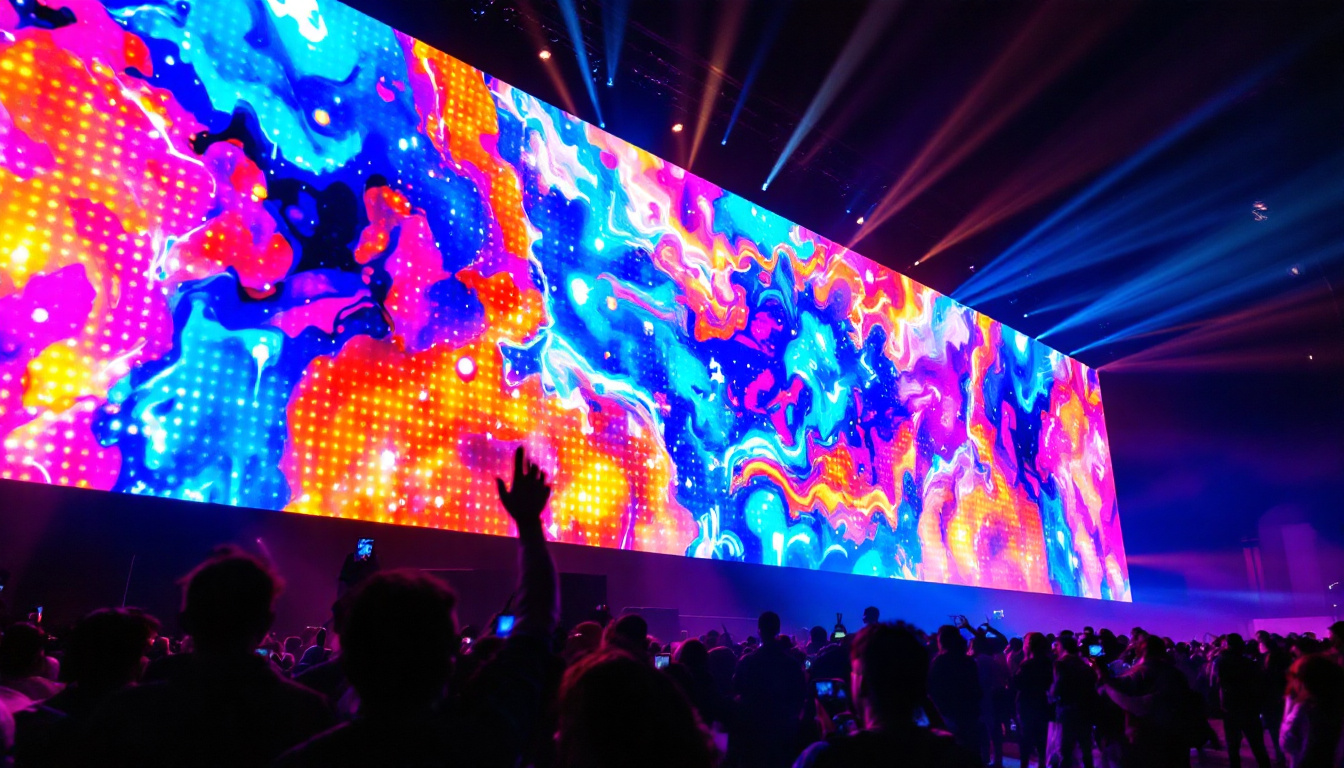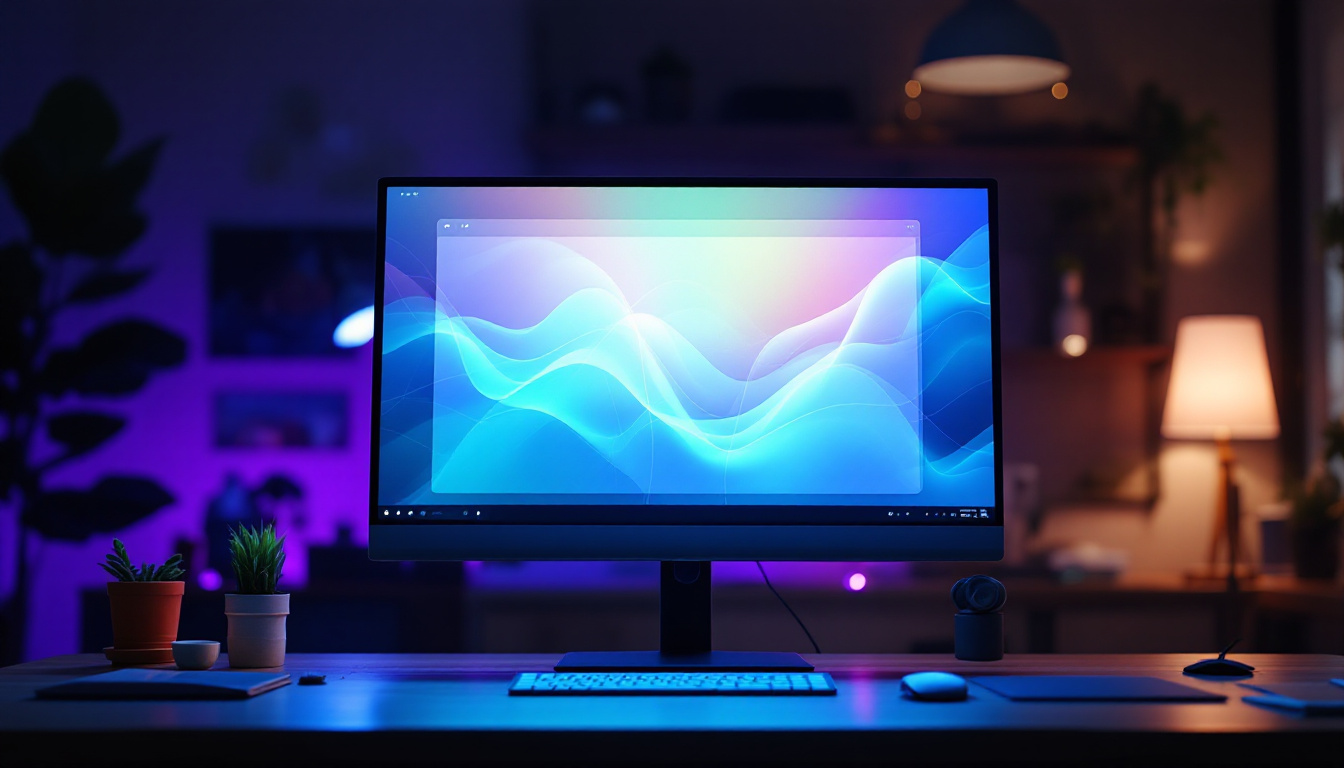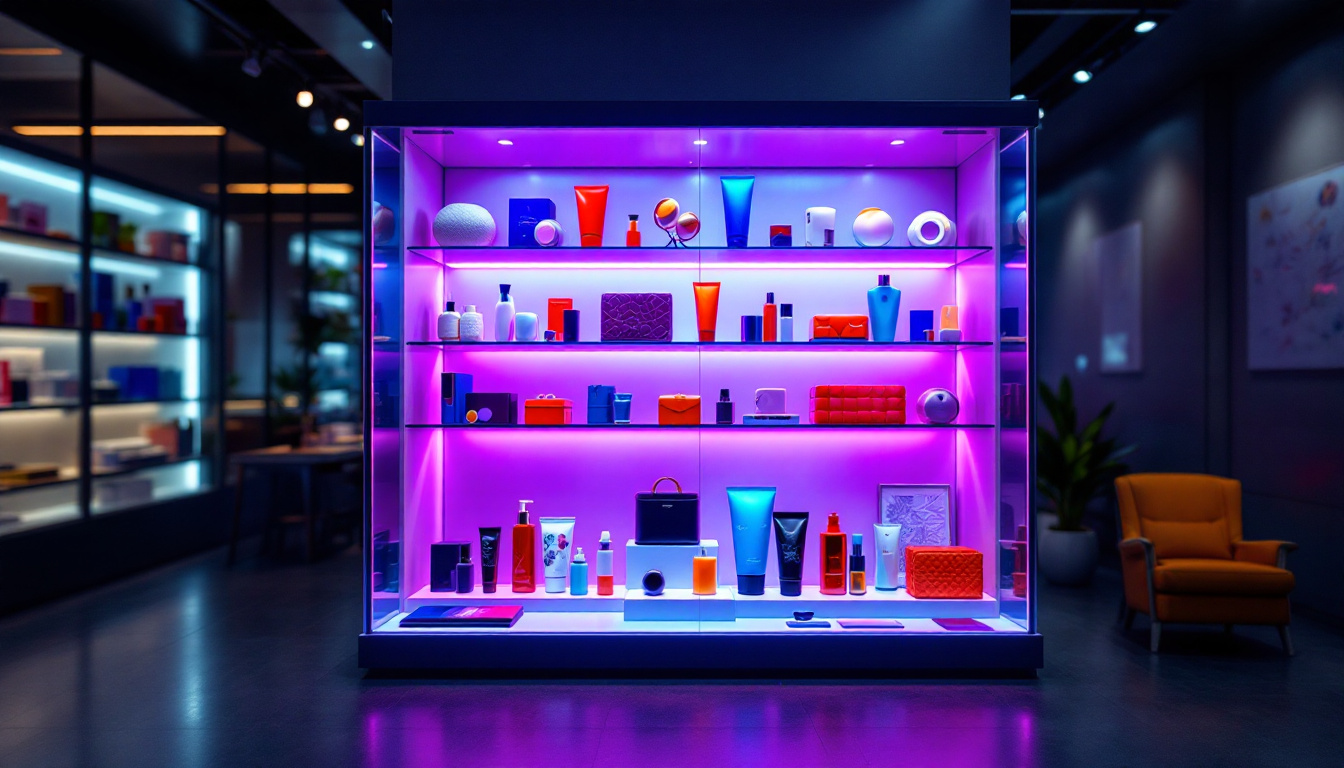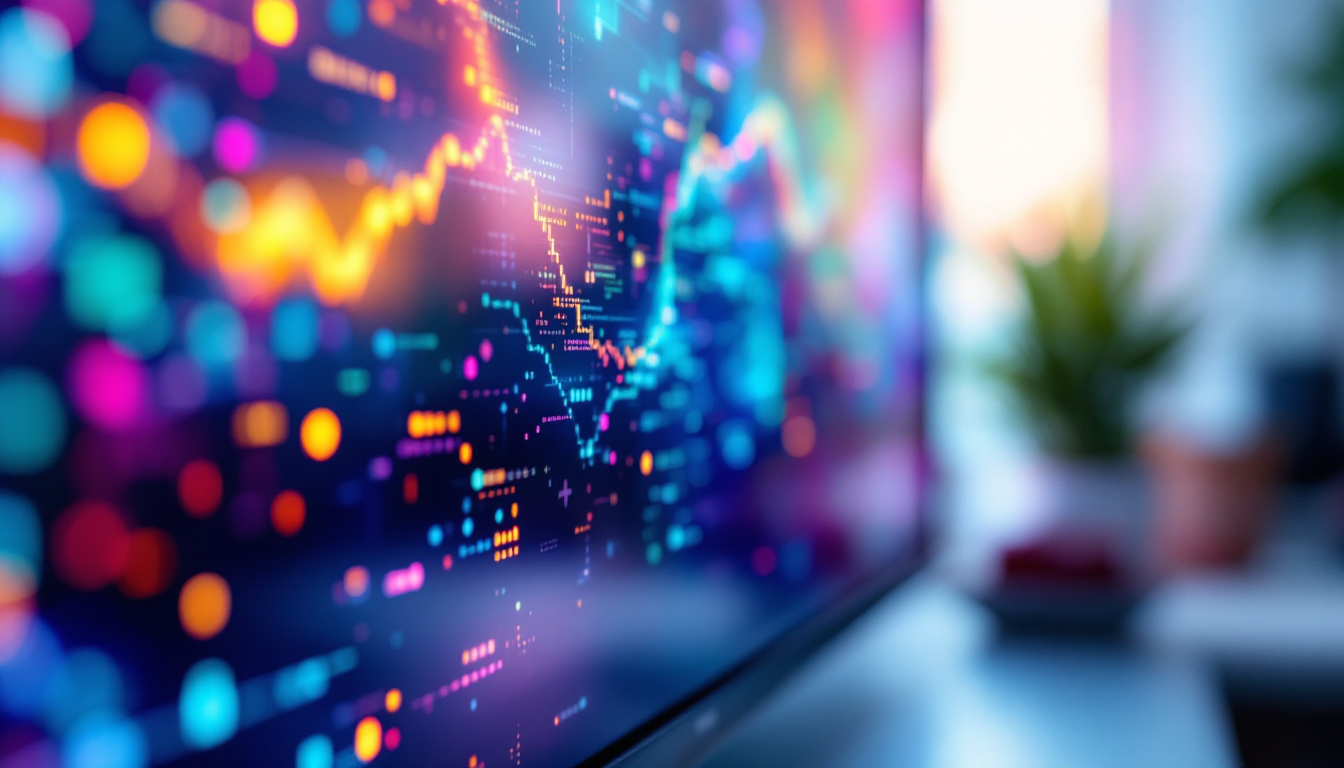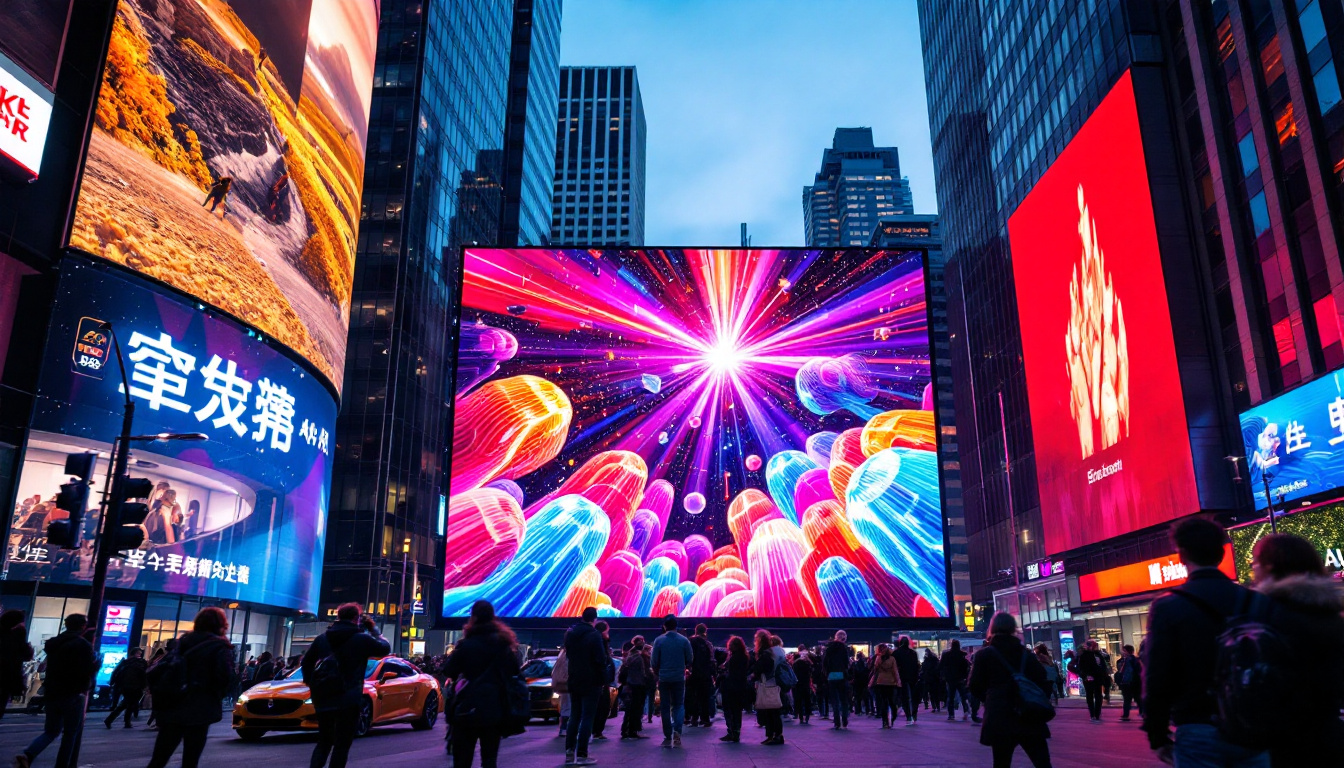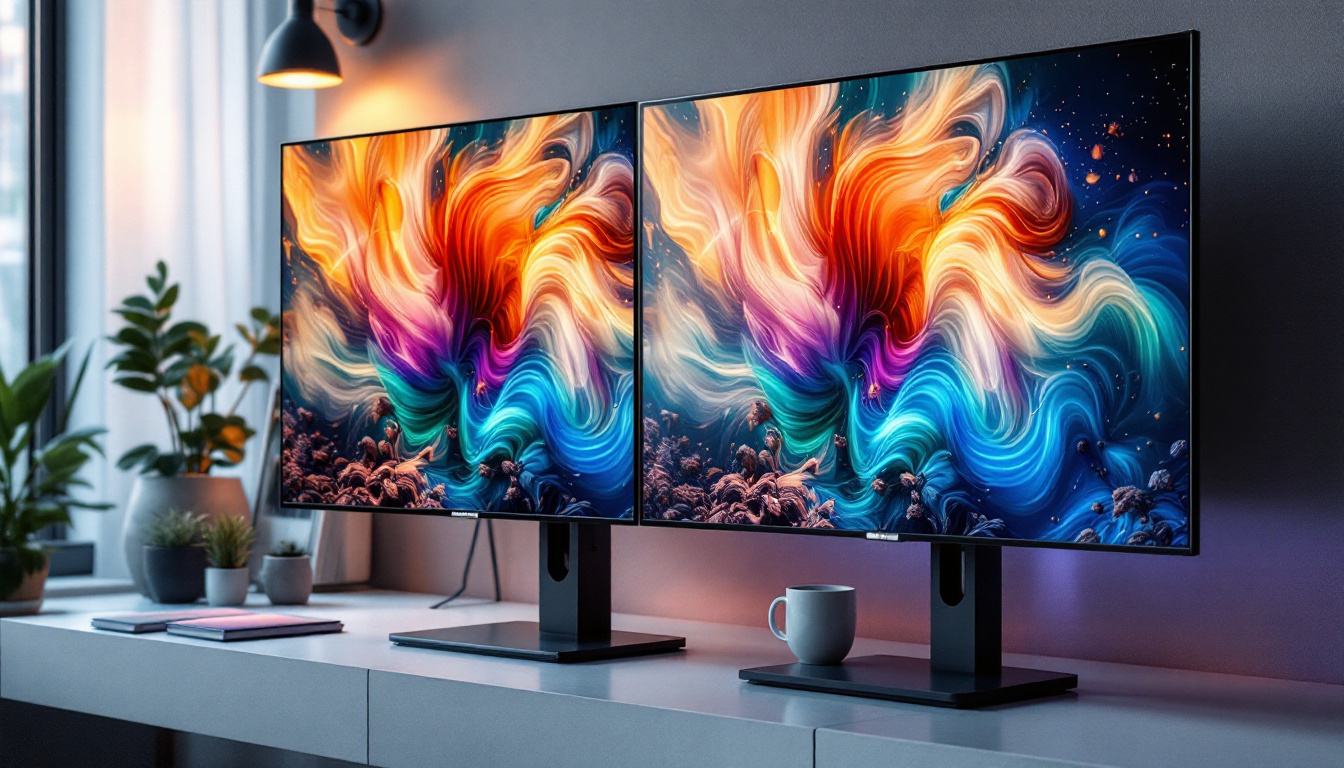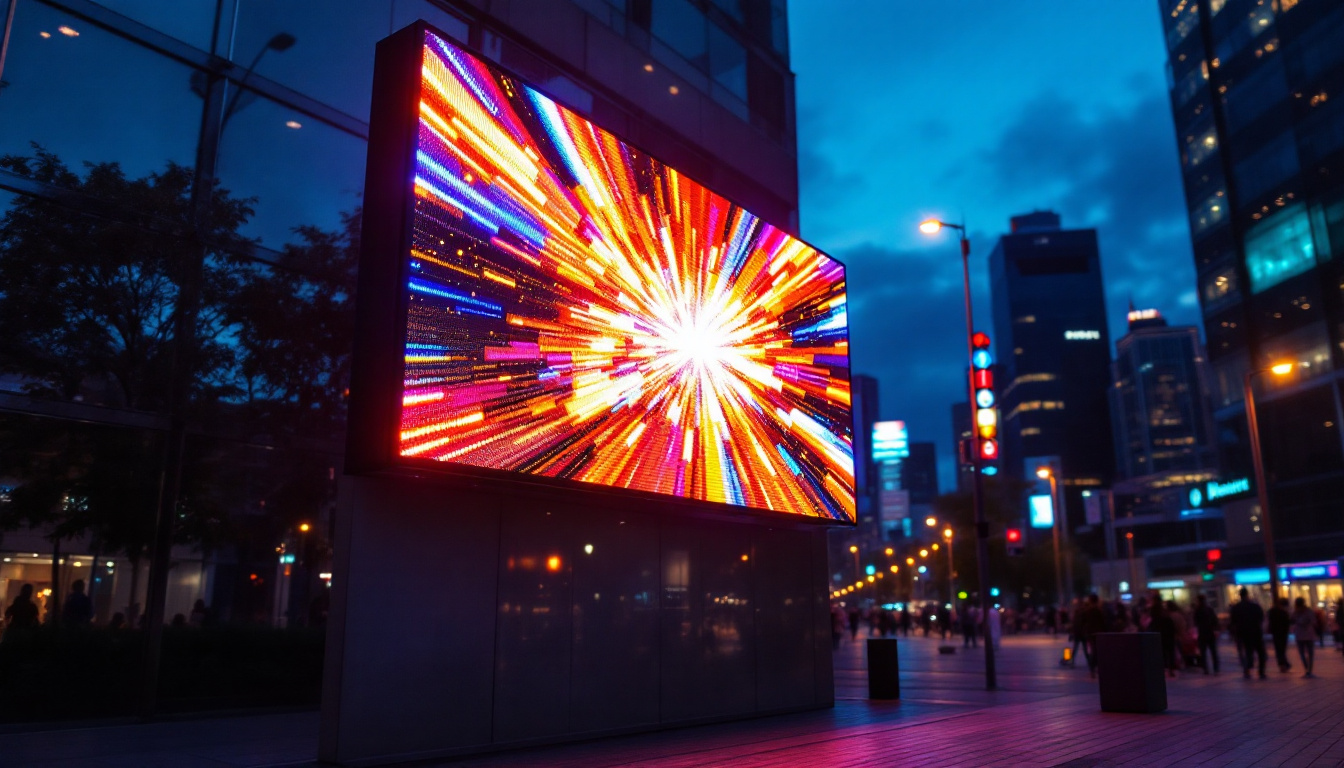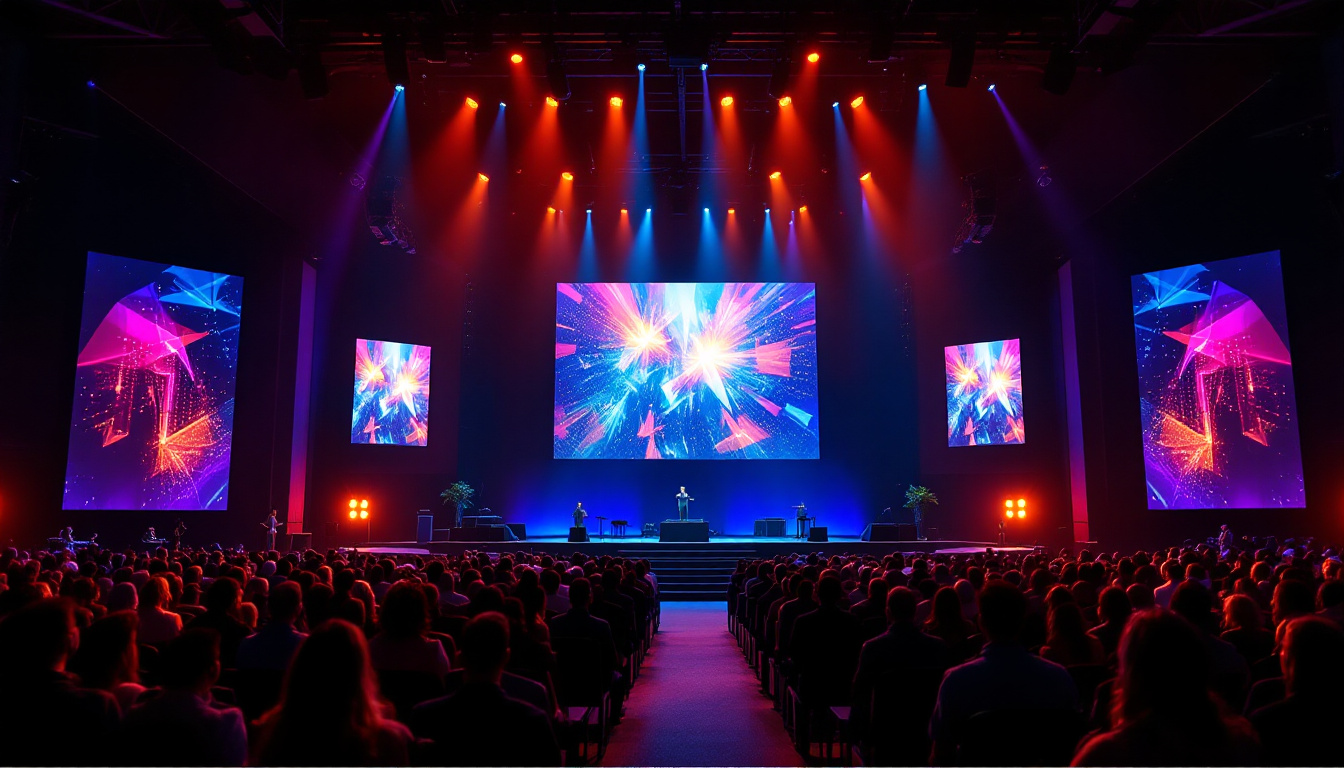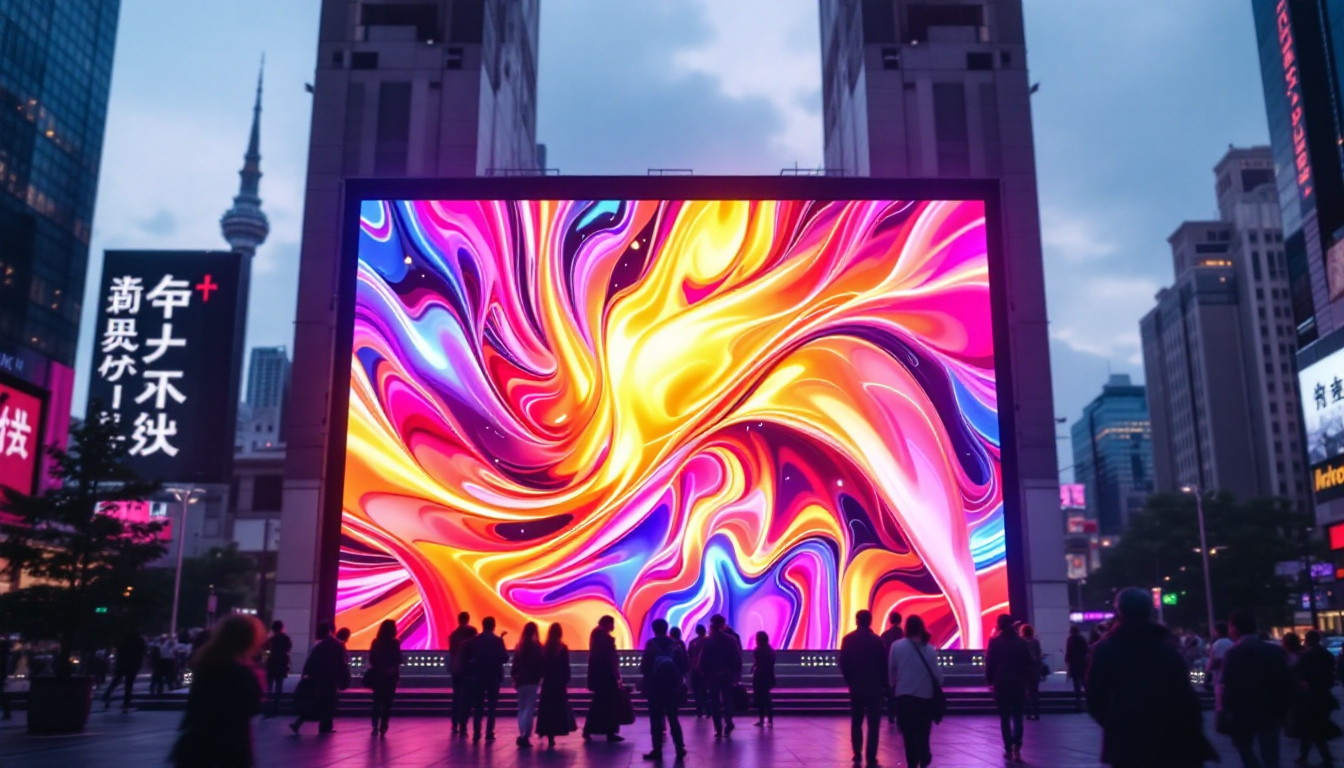In the heart of Beaverton, Oregon, First Tech Federal Credit Union stands as a beacon of innovation and community engagement. One of the most striking features of their facility is the impressive LED display that captures the attention of passersby and serves as a vital communication tool. This article delves into the technology behind LED displays, their advantages, and how they are utilized effectively in a corporate environment.
Understanding LED Technology
Light Emitting Diodes (LEDs) have revolutionized the way visual information is presented. Unlike traditional display technologies, LEDs are energy-efficient, durable, and capable of producing vibrant colors. This section will explore the fundamental principles of LED technology and its application in modern displays.
What is an LED?
LEDs are semiconductor devices that emit light when an electric current passes through them. They are composed of a chip made from a combination of materials, typically gallium, arsenide, or phosphide, which create light when energized. The simplicity of their design contributes to their longevity and efficiency, making them ideal for various applications, including signage and displays. The compact size of LEDs also allows for greater flexibility in design, enabling manufacturers to create thinner and lighter devices that can fit into a variety of settings, from handheld gadgets to large-scale outdoor billboards.
How Do LED Displays Work?
LED displays consist of numerous individual LEDs arranged in a grid. Each LED can be controlled independently, allowing for the creation of dynamic images and animations. The combination of red, green, and blue LEDs (RGB) can produce a wide spectrum of colors. By adjusting the intensity of each color, LED displays can render complex visuals, from simple text to full-motion video. This capability not only enhances the viewer’s experience but also allows for innovative applications in advertising, entertainment, and information dissemination. For instance, in sports arenas, LED displays are used to show real-time statistics, replays, and advertisements, all of which can be updated instantaneously to engage the audience effectively.
The Advantages of LED Technology
One of the most significant advantages of LED technology is its energy efficiency. Compared to traditional incandescent bulbs, LEDs consume significantly less power, which translates to lower electricity bills and a reduced carbon footprint. Additionally, LEDs have a much longer lifespan, often lasting tens of thousands of hours, which minimizes the need for frequent replacements. This durability is particularly beneficial in commercial settings where displays are used continuously. Furthermore, LEDs are resistant to shock and vibration, making them a reliable choice for outdoor applications where environmental factors can cause damage to other types of lighting.
Applications of LED Technology
Beyond their use in displays, LEDs have found applications in various fields, including automotive lighting, architectural illumination, and horticulture. In the automotive industry, LEDs are increasingly used for headlights and taillights due to their brightness and quick response time. In architecture, LEDs can create stunning visual effects, transforming buildings into dynamic canvases that can change colors and patterns based on the time of day or special events. In horticulture, specialized LED grow lights are employed to optimize plant growth by providing the specific wavelengths of light that plants need for photosynthesis, showcasing yet another innovative use of this versatile technology.
Advantages of LED Displays
Choosing LED displays over traditional options brings numerous benefits, especially for organizations like First Tech Beaverton. Understanding these advantages can help businesses make informed decisions about their communication strategies.
Energy Efficiency
One of the most significant advantages of LED displays is their energy efficiency. Compared to traditional incandescent bulbs or fluorescent displays, LEDs consume significantly less power, which translates to lower operational costs. This efficiency not only benefits the environment but also allows organizations to allocate resources more effectively. By reducing energy consumption, businesses can also contribute to sustainability initiatives, appealing to eco-conscious consumers and enhancing their brand image.
Longevity and Durability
LEDs are known for their long lifespan, often lasting up to 100,000 hours or more. This durability means less frequent replacements and maintenance, which is particularly advantageous for businesses that rely on continuous operation. Additionally, LED displays are resistant to shock and vibration, making them suitable for both indoor and outdoor environments. Their robust nature ensures that they can withstand harsh weather conditions, such as heavy rain or extreme temperatures, further solidifying their position as a reliable choice for various applications.
High Visibility and Versatility
LED displays offer exceptional brightness and clarity, ensuring that messages are visible even in direct sunlight. This high visibility makes them ideal for outdoor advertising and public displays. Moreover, their versatility allows for various applications, from promotional content to informational displays, making them a valuable asset for any organization. The ability to easily update content in real-time also means that businesses can respond quickly to changing circumstances, such as special promotions or urgent announcements, maximizing their engagement with the audience. Furthermore, the integration of advanced technologies, such as interactive features and motion graphics, can enhance viewer interaction, making LED displays not just a medium for communication but a dynamic tool for storytelling and brand engagement.
Applications of LED Displays at First Tech Beaverton
At First Tech Beaverton, the LED display serves multiple purposes, enhancing both customer engagement and internal communication. Understanding these applications can shed light on how organizations can effectively leverage this technology.
Promotional Content
The LED display at First Tech is often used to showcase promotional content, including special offers, events, and new services. The dynamic nature of LED technology allows for eye-catching animations and vibrant graphics that capture the attention of potential customers. This not only drives foot traffic but also reinforces the brand’s presence in the community.
Community Engagement
First Tech is committed to being an active participant in the Beaverton community. The LED display is utilized to promote local events, sponsor community initiatives, and share important announcements. By doing so, First Tech fosters a sense of connection with its members and the broader community, demonstrating its commitment to social responsibility.
Internal Communication
Beyond external messaging, the LED display also plays a crucial role in internal communication. It can be used to share important updates with employees, celebrate milestones, or even display motivational content. This enhances workplace culture and keeps employees informed and engaged.
Design Considerations for LED Displays
When implementing an LED display, several design considerations must be taken into account to ensure maximum effectiveness. From size and placement to content strategy, each element plays a crucial role in the display’s success.
Size and Placement
The size of the LED display should be determined by its intended use and the viewing distance. A larger display may be necessary for outdoor settings where viewers are farther away, while a smaller display might suffice for indoor use. Additionally, placement is critical; the display should be positioned where it can be easily seen by the target audience, whether that be pedestrians, drivers, or employees.
Content Strategy
Effective content is key to maximizing the impact of an LED display. Organizations should develop a content strategy that aligns with their goals and audience preferences. This may include a mix of promotional messages, community news, and engaging visuals. Regular updates and fresh content are essential to maintain viewer interest and encourage repeat engagement.
Challenges and Solutions
While LED displays offer numerous advantages, there are also challenges that organizations may face when implementing this technology. Understanding these challenges and potential solutions can help organizations navigate the complexities of LED display management.
Initial Investment
One of the primary challenges associated with LED displays is the initial investment required for purchase and installation. While the long-term savings on energy and maintenance can offset these costs, organizations may need to budget carefully to accommodate the upfront expense. Exploring financing options or leasing agreements can provide flexibility and make the investment more manageable.
Content Management
Managing content for an LED display can be daunting, especially for organizations with limited resources. To address this, many organizations opt for content management systems (CMS) specifically designed for digital signage. These systems allow for easy scheduling, updating, and monitoring of content, streamlining the process and ensuring that messages remain relevant and engaging.
The Future of LED Displays
As technology continues to evolve, the future of LED displays looks promising. Innovations in LED technology are paving the way for even more advanced applications and capabilities.
Smart Integration
One of the most exciting developments in LED display technology is the integration of smart features. With the rise of the Internet of Things (IoT), LED displays can now be connected to other devices and systems, allowing for real-time updates and data-driven content. This means that organizations can tailor their messages based on current events, weather conditions, or audience demographics, enhancing the relevance and effectiveness of their displays.
Enhanced Interactivity
Future LED displays are also expected to incorporate enhanced interactivity. Touchscreen capabilities and integration with mobile devices can create engaging experiences for viewers. For instance, customers could interact with the display to learn more about services or promotions, making the experience more immersive and personalized.
Conclusion
The LED display at First Tech Beaverton exemplifies the power of modern technology in enhancing communication and community engagement. By understanding the technology behind LED displays, their advantages, and effective applications, organizations can leverage this tool to connect with their audience more effectively. As the future unfolds, the potential for LED displays continues to grow, promising even more innovative ways to engage and inform.
In a world where visual communication is more important than ever, embracing LED technology can provide organizations with a competitive edge. Whether through promotional content, community involvement, or internal messaging, the benefits of LED displays are clear. As First Tech Beaverton demonstrates, investing in such technology is not just about keeping up with trends; it’s about fostering connections and building a brighter future for the community.
Illuminate Your Message with LumenMatrix
Ready to elevate your visual communication and engage your audience like never before? Discover LumenMatrix’s comprehensive range of LED display solutions, from vibrant Indoor and Outdoor LED Wall Displays to innovative Custom and Transparent LED options. Each product is designed with the mission to transform your brand’s visibility and create unforgettable visual experiences. Don’t just keep up with the trends—set them. Check out LumenMatrix LED Display Solutions today and start building a brighter future for your community and business.

